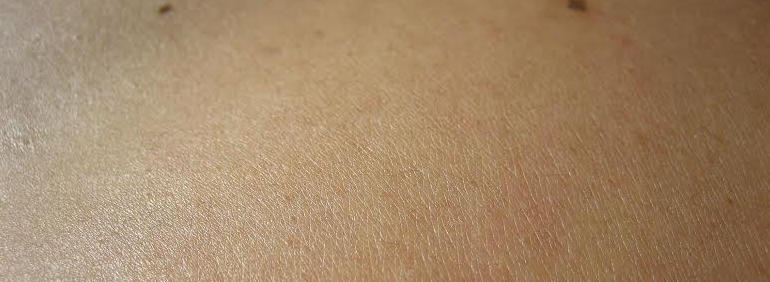Melanoma vs Non-melanoma skin cancer
There are two main categories of skin cancer: melanoma and non-melanoma. Between these types, melanoma is the most dangerous form of skin cancer, although non-melanoma skin cancers are the most common.
Non-melanoma skin cancers refer mostly to basal cell carcinoma and squamous cell carcinoma – two types of skin cancer that are, in most cases, treatable without becoming life-threatening.
Melanoma skin cancer begins in melanocyte cells in the deepest layer of skin, also known as the hypodermis or subcutaneous tissue, while non-melanoma cancers are found in the upper and middle layers of skin, called the epidermis and dermis, respectively.

Melanoma can spread
Because melanoma roots in the deepest layers of the skin, it can also spread to other parts of the body, even to the organs. And because of this, melanoma is the most dangerous form of skin cancer. When it spreads, it can harm vital organs and it can be hard to treat – and in later stages could be even untreatable.
This is why it’s so important to detect skin cancer early. Make sure to perform regular self-checks and go and see your doctor when you feel uncomfortable about any spot on your skin.






